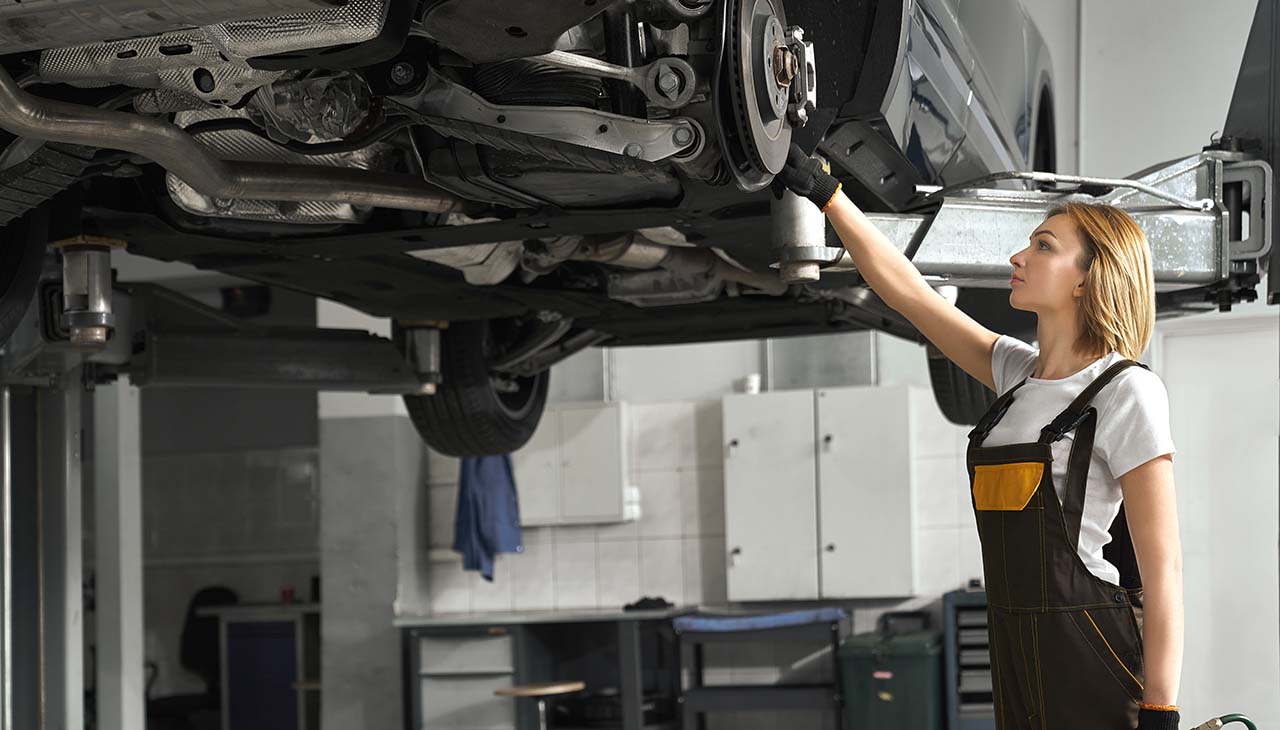The automotive industry is a complex ecosystem where every component plays a crucial role in ensuring the safety and performance of your vehicle. Unfortunately, the global counterfeit auto parts market is booming, with counterfeit parts accounting for an estimated 2-3% of the global trade. These fake parts can significantly compromise your vehicle’s reliability and safety. In this blog post, we will provide you with essential tips on how to identify genuine car parts from counterfeits, ensuring that you make informed decisions for the well-being of your vehicle.
Understanding Genuine vs. Counterfeit Auto Parts
Characteristics of Genuine Parts
Genuine auto parts are manufactured by or under the supervision of the original equipment manufacturer (OEM). They meet stringent quality control standards and are designed to fit and function perfectly with your vehicle. Here are some key characteristics of genuine parts:
- High-Quality Materials: Genuine parts are made from high-quality, durable materials that ensure longevity and reliability.
- Perfect Fit: They match the exact specifications of your vehicle, providing a seamless fit.
- Manufacturer’s Warranty: Genuine parts often come with a warranty from the manufacturer, offering peace of mind.
- Branding and Packaging: Authentic parts come in branded packaging with clear labeling, including part numbers and barcodes.
Common Counterfeit Auto Parts
Counterfeit auto parts are designed to mimic genuine parts closely, making it difficult to distinguish between the two. Some of the most commonly counterfeited parts include:
- Brake pads
- Air filters
- Spark plugs
- Oil filters
- Headlights and tail lights
- Suspension components
These counterfeit parts are often sold at a lower price, making them attractive to unwary buyers. However, their subpar quality can lead to significant safety risks and performance issues.
Risks Associated with Using Counterfeit Auto Parts
Impact on Vehicle Safety and Performance
Using counterfeit parts can have severe consequences for your vehicle’s safety and performance. Here are some risks associated with counterfeit parts:
- Compromised Safety: Counterfeit brake pads, for example, may not provide adequate stopping power, leading to accidents.
- Reduced Performance: Fake parts can degrade your vehicle’s performance, causing issues such as reduced fuel efficiency and engine malfunctions.
- Increased Wear and Tear: Low-quality materials can accelerate wear and tear, leading to more frequent repairs and replacements.
- Electrical Failures: Counterfeit electrical components can cause short circuits, increasing the risk of fire.
Legal and Financial Implications
Using counterfeit auto parts can also have legal and financial ramifications:
- Void Warranties: Installing counterfeit parts can void your vehicle’s warranty, leaving you responsible for repairs.
- Insurance Issues: Insurance companies may refuse to cover damages caused by counterfeit parts.
- Legal Consequences: Selling or installing counterfeit parts can lead to legal action and fines.
How to Spot Counterfeit Auto Parts
Visual Inspection Tips
While counterfeit parts are designed to look genuine, there are often subtle differences that can give them away. Here are some visual inspection tips:
- Check the Packaging: Genuine parts come in high-quality, branded packaging with clear labels. Look for holograms, barcodes, and part numbers.
- Inspect the Part: Examine the part for any inconsistencies in color, texture, or finish. Genuine parts are typically well-finished and free from defects.
- Compare with Genuine Parts: If possible, compare the suspected counterfeit part with a known genuine part to spot differences.
Using Technological Aids and Authentication Methods
Technological advancements have made it easier to authenticate auto parts. Here are some methods you can use:
- QR Codes and Holograms: Many manufacturers include QR codes and holograms on their packaging that you can scan to verify authenticity.
- OEM Websites: Check the manufacturer’s website for information on how to authenticate their parts.
- Serial Numbers: Verify the part’s serial number with the manufacturer to ensure it’s genuine.
Where to Source Genuine Auto Parts
Recommendations for Reliable Sellers and Authorized Dealers
To avoid counterfeit parts, always purchase from reliable sources. Here are some recommendations:
- Authorized Dealers: Buy from authorized dealers and service centers that are approved by the vehicle manufacturer.
- Reputable Auto Parts Stores: Purchase from well-known auto parts stores that have a reputation for selling genuine products.
- Manufacturer’s Website: Many OEMs sell parts directly through their websites or provide a list of authorized sellers.
Tips for Online Buyers
Shopping online for auto parts can be convenient, but it also comes with risks. Here are some tips to avoid counterfeit parts:
- Check Seller Ratings and Reviews: Only buy from sellers with high ratings and positive reviews.
- Beware of Prices Too Good to Be True: If the price seems too low compared to other sellers, it’s likely a counterfeit part.
- Verify Seller Authenticity: Look for signs that the seller is authorized by the manufacturer, such as official logos and certifications.
- Read Product Descriptions Carefully: Ensure that the part matches the exact specifications required for your vehicle.
Conclusion
Distinguishing genuine car parts from counterfeits is crucial for maintaining your vehicle’s safety and performance. By understanding the characteristics of genuine parts, recognizing the risks of using counterfeit parts, and knowing how to spot fakes, you can make informed decisions and protect your investment.
Remember, always source your parts from reliable sellers and authorized dealers. The extra effort and cost are worth it to ensure your vehicle runs smoothly and safely.
We hope this guide helps you navigate the complex world of auto parts. If you have any questions or would like to share your experiences, please leave a comment below. And don’t forget to share this post with fellow car owners and enthusiasts to spread awareness about the importance of using genuine car parts.

